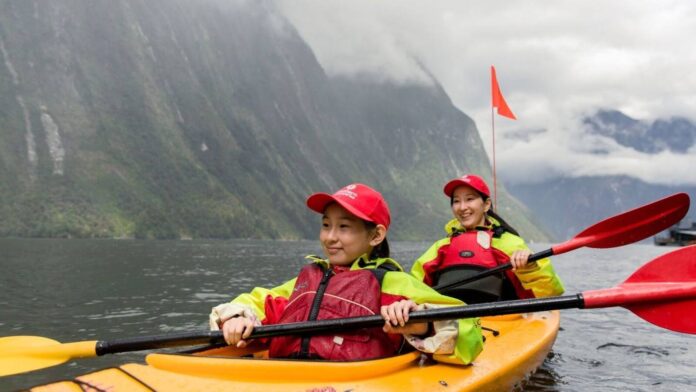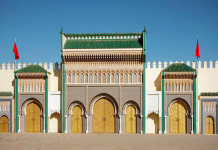Fewer incoming flights to New Zealand, increased fares because of rising fuel costs and long haul hesitancy are some of the hurdles tourism operators are likely to be facing this winter season.
Tourism Industry Aotearoa communications manager Ann-Marie Johnson said that outside of Australians visiting for the ski season, New Zealand won’t be seeing a lot of visitors before next summer.
“There’s certainly not going to be any floodgates opening on April 13 or May 1,” she said.
“It’s going to be gradual return of visitors over the next few months because there aren’t the number of Trans Tasman flights or direct flights into New Zealand that there were pre Covid-19.”
READ MORE:
* ‘There’s a real buzz’: Tourism leaders celebrate border opening but warn of gradual recovery
* Tourism businesses ‘thrilled’ at end of isolation but want borders open to visitors sooner
Johnson said she expected that there wouldn’t be a significant change in the number of flights until next summer.
The government has indicated that it will open the border in October to visa required countries such as China, which had grown to be New Zealand’s second-biggest market after Australia, but Johnson said it was “unlikely” we would see many visitors from those markets before the summer aside from those coming to visit family and friends.
Southern Discoveries/Stuff
Chinese visitors enjoy getting close to nature in a kayaking trip on Milford Sound.
However, this lag in arrivals would allow operators who have had to lay off staff a few months to “get geared up again” and to resume new contacts with their international trade suppliers, she said.
From a health perspective and in terms of climate change, Johnson said it was still “a bit of an unknown” as to how people would feel about long haul travel.
Rising fuel costs would also mean the cost of flying was likely to be higher.
“Over the next few months as people start to book their flights we’ll get a better picture of what’s going on.”
Cable Bay Adventure Park /Supplied
Skywire at Cable Bay Adventure Park, Nelson. (File photo)
Darryl Wilson, CEO of guided walk and kayak tour firm Wilsons Abel Tasman National Park said he had seen “really strong” forward bookings out of Europe, for day trips in particular.
But he was concerned about airline capacity.
Whether international visitors chose to come to New Zealand would depend on the correlation between access, availability and price, he said.
While a “bounce back” was expected in theory, staffing was still an issue.
“Most industries are struggling under the current border settings to get the staff they need.”
“Seasonality precludes a lot of people making a career out of some industries, and the desirability, you can’t press-gang people into careers that they don’t literally choose to engage with.”
While some Kiwis might lament the loss of an uncrowded, largely untouristed Aotearoa, those in the industry insist that the survival of their favourite restaurant or cafe might depend on it.
Tourism’s contribution to the local economy needed to be told in a better way, Wilson said.
“We have to be mindful of the fact that tourism does bring a lot of benefits to the community in terms of infrastructure, where they get their coffee, or the local trail they choose to ride on, there’s a lot of good stuff being done.”
Hospitality businesses, for instance, which were used by locals, in some instances became “unviable” without tourism, he said.
In the case of Te Tauihu (the top of the south), the lack of Chinese visitors was unlikely to make an impact, as the area had been “very dependent” on Germans, and Chinese tourism made up less than 2 per cent of the market.
“We have people who have longer itineraries before they even get to this part of the country. Quite often they’re second time visitors to New Zealand so they understand what this region holds and the value of the country.”
New Zealand earned $17 billion a year from international tourism before the pandemic.
In 2021, this plummeted to $1.5 billion, according to figures from the Board of Airline Representatives of New Zealand.













